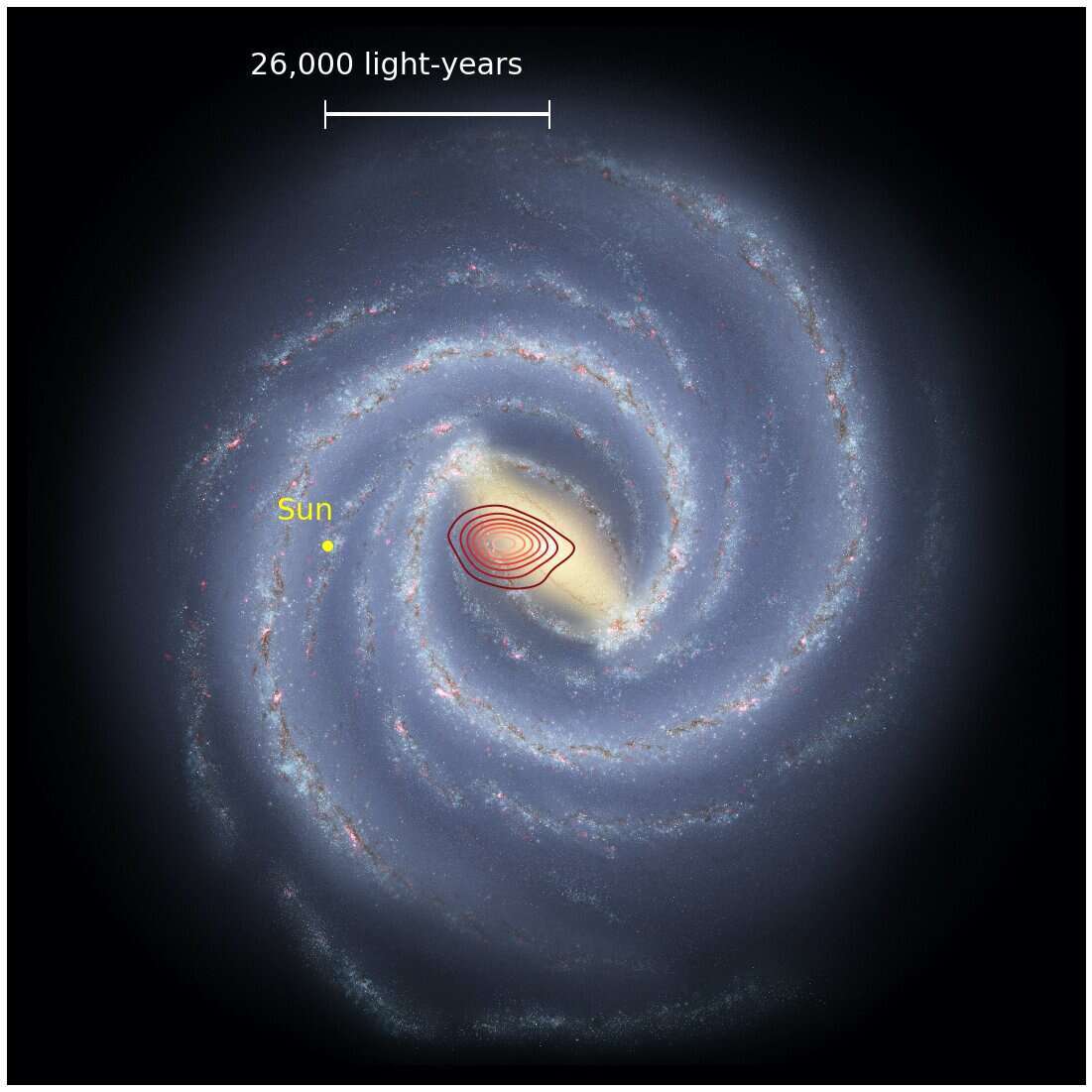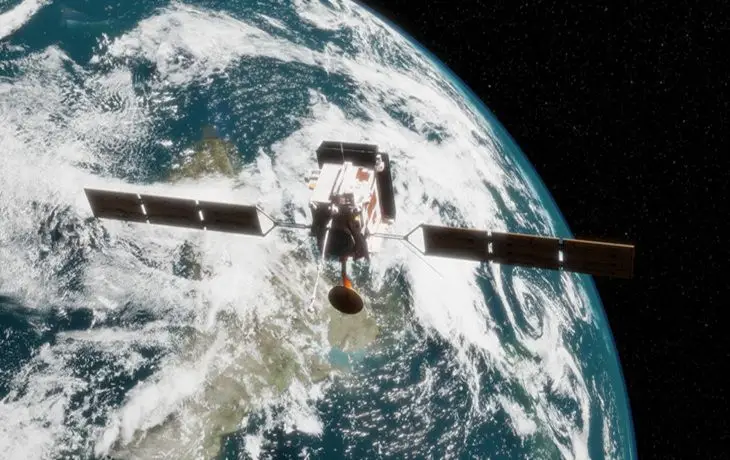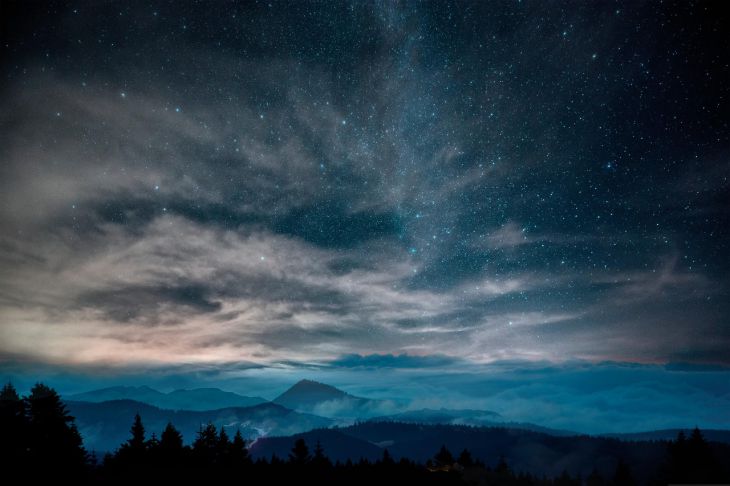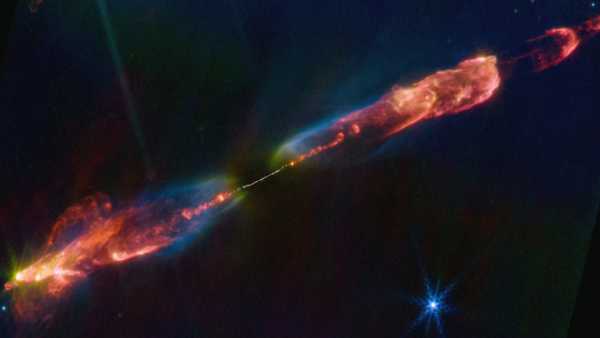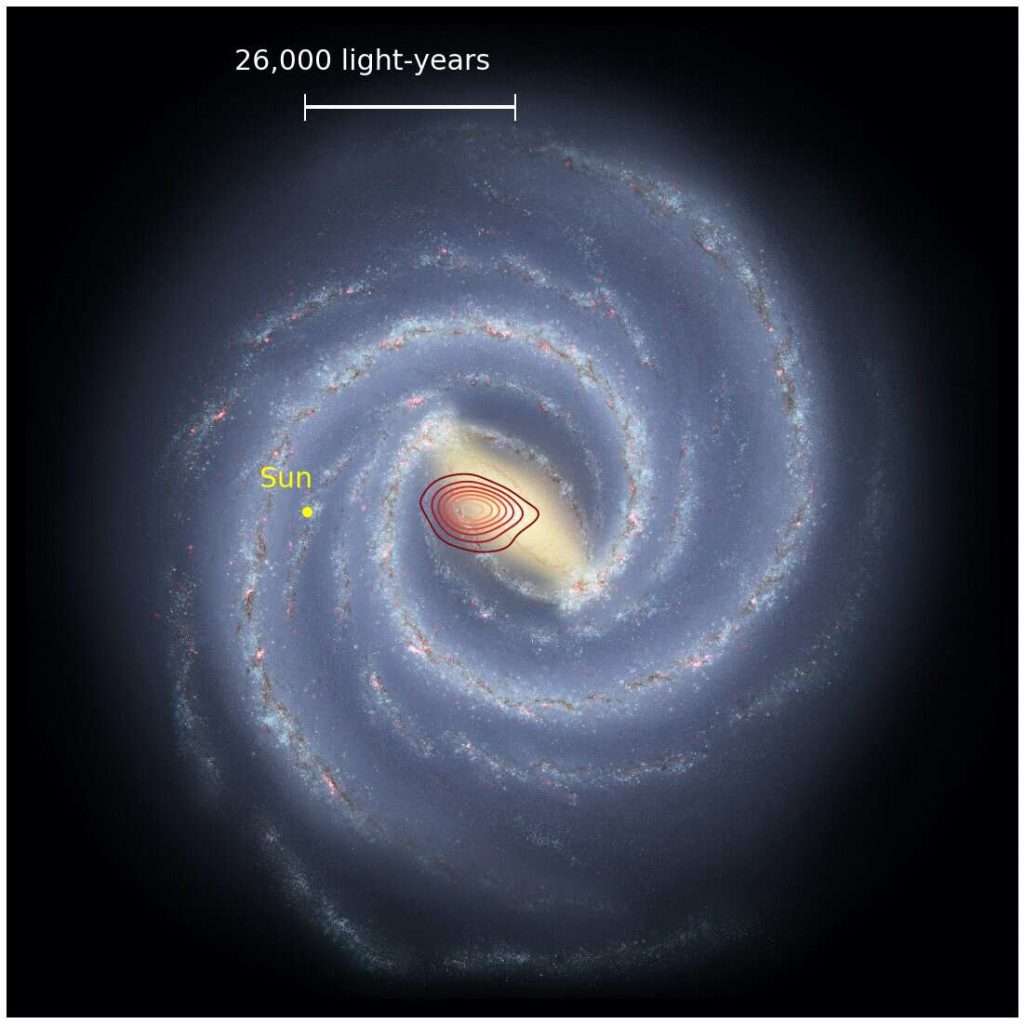
Scientists at the Apache Point Observatory Galactic Evolution Experiment (APOGEE) of the Slown Digital Sky Survey have discovered a “fossil galaxy” hidden deep inside our Milky Way galaxy.
These results can significantly change modern ideas about the evolutionary path of the galaxy in which we live.
This hypothetical “fossil galaxy” could have collided with the Milky Way 10 billion years ago, when our galaxy was still a “baby” by galactic standards. Astronomers called the galaxy they discovered “Heracles,” bearing in mind that the galaxy found the same immortality in the Milky Way as the legendary Greek hero, who received the gift of eternal life from the hands of the gods.
“To detect fossil galaxies like this one, we have to determine the detailed chemical composition and motion parameters of tens of thousands of stars,” Ricardo Schiavon said. (Ricardo Schiavon) from Liverpool John Moores University, LJMUThe United Kingdom, one of the key members of the research team, is particularly difficult to do in the case of stars located in the direction of the center of the Milky Way, because they are hidden from observation by clouds of dust filling the space between the stars. A review of the APOGEE sky allows us to glance through this dust and look into the very center of the Galaxy. “
The APOGEE sky survey allows for such observations, since it works not in the optical, but in the near infrared (IR) range, and the dust is well permeable to IR rays. Over the 10 years of the APOGEE sky survey, the spectra of more than half a million luminaries included in the Milky Way, including stars hidden from optical observations by the dust of the Galaxy, were shot.
Chief author Danny Horta, a graduate student at LJMU, said: “Of the tens of thousands of stars we observed, several hundred luminaries had radically different chemical composition and speed. The differences were so deep that the conclusion suggested itself – these stars could not belong to the Milky Way, but instead belonged to another galaxy, which our Galaxy encountered about 10 billion years ago. “
According to the authors, the stars of the Heracles galaxy account for about one third of the number of stars of the Milky Way halo – and this indicates that the collision was a major event in the history of the evolution of our Galaxy.
The study is published in the journal Monthly Notices of the Royal Astronomical Society.

